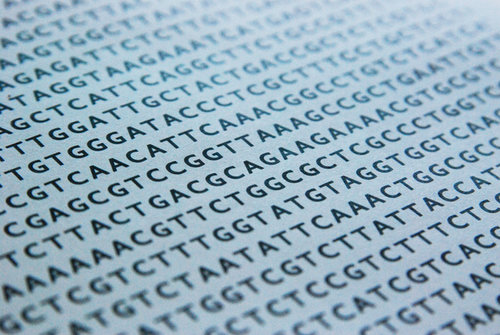While biomanufacturing processes have improved in performance and complexity since the mid ‘70s, and the early days of companies like Genentech, scientists have remained diligent students of natural cellular processes, which efficiently produce all sorts of beneficial compounds for products like drugs and fuels. It was in this line of research that Princeton University scientists discovered recently a global genetic regulator that can activate many otherwise silent gene clusters in a bacterium. As described in a Proceedings of the National Academy of Sciences (PNAS) publication, this finding could enable scientists to supercharge these microbes’ natural compound production capabilities.
For this study, the research team used a bacterium known as Burkholderia thailandensis, which is a Gram-negative bacterium that’s rarely implicated in human diseases. In analyzing the bacterium’s genetic makeup, the scientists found that portions of what are known as the biosynthetic gene clusters were mostly silent. That means the genes were not being expressed in the bacterium. Further analysis identified the regulator of these biosynthetic gene clusters, known as scmR, which is responsible for controlling whether or not the gene clusters under its control are expressed. When this regulator was removed from the genome, the scientists noticed a huge uptick in the release of new compounds caused by the activation of the previously silent gene clusters.
What the team also uncovered in the study was that prior to being removed from the bacterium’s genome, the regulator that had been silencing the biosynthetic gene clusters was triggered to silence those clusters by something known as quorum sensing – a mechanism in bacteria that causes gene expression to change based on variations in bacterial cell population density. This particular finding had never before been reported. What’s more, the researchers discovered that the same regulator that they found had stifled biosynthetic gene clusters had also affected other processes like the bacterium’s virulence and biofilm formation. As a result, the publication identifies scmR as a master regulator that could eventually be manipulated to create valuable compounds.
As researchers continue to identify genes and other factors that control critical biological functions, like compound production, science and industry can further harness and scale these amazing capabilities. If that doesn’t get you excited, maybe you need a genetic tweak of your own!


